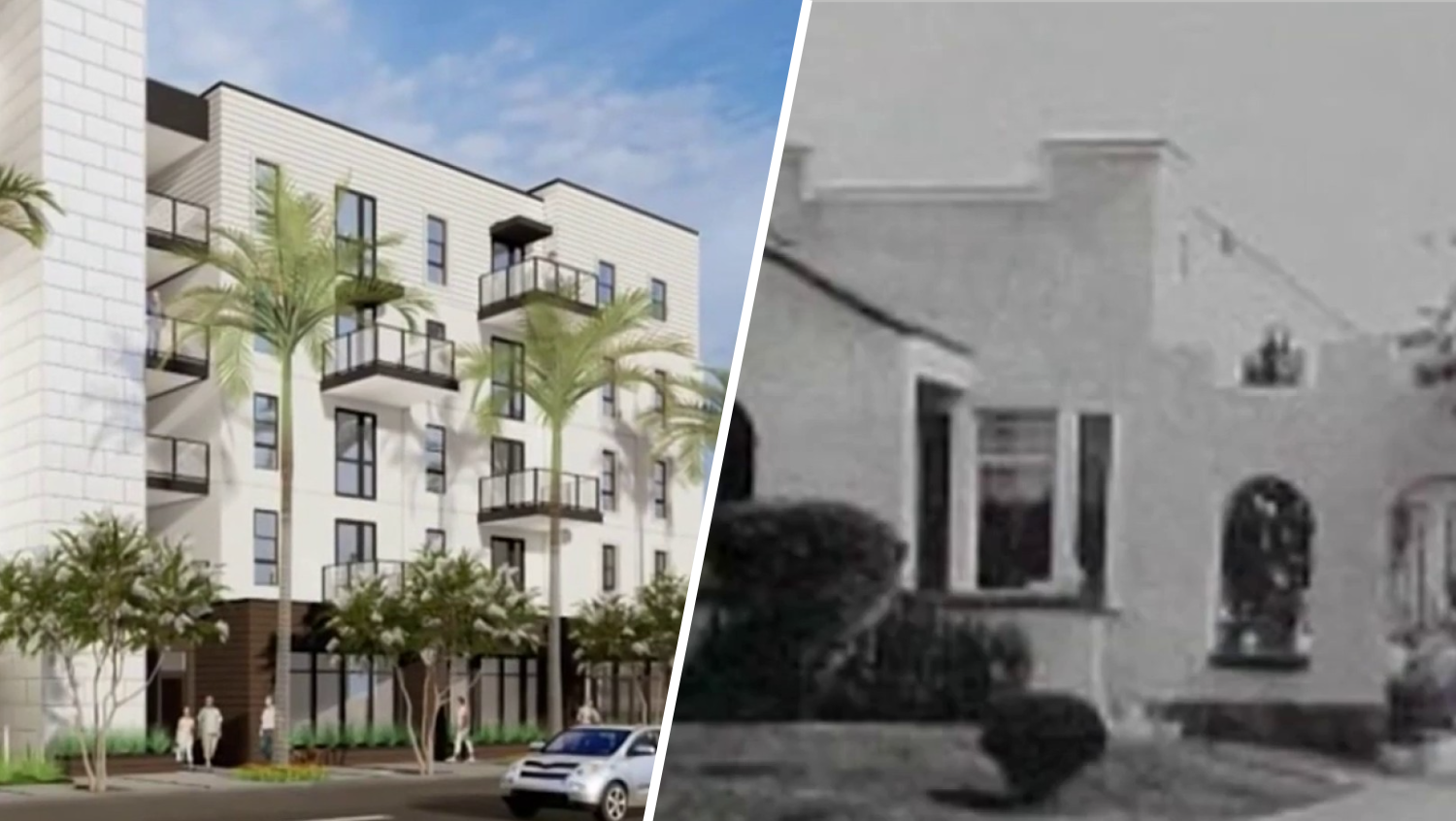WASHINGTON -- The old moon has never looked this good.
Mankind's first up-close photos of the lunar landscape have been rescued from four decades of dusty storage, and they've been restored to such a high quality that they rival anything taken by modern cameras.
NASA and some private space business leaders spent a quarter million dollars rescuing the historic photos from early NASA lunar robotic probes and restoring them in an abandoned McDonald's.
The first refurbished image was released Thursday -- a classic of the moon with Earth rising in the background.
"This is an incredible image," said private space entrepreneur Dennis Wingo, who spearheaded the project. "In terms of raw resolution, there has been no mission that has flown since or even today that is as good."
In 1966 and 1967, NASA sent five Lunar Orbiters to the moon to take up-close photos to prepare for man's first visit in 1969. The probes shot the pictures, developed the film and beamed back the images to Earth, where they were stored on specialized tapes that require a certain type of machine to be seen.
Initially, the moon pictures were the hit of the 1960s. The photo released Thursday was the first of Earth from a great distance, until it was outdone by Apollo 8 astronauts, the first to orbit the moon. And a 1966 close-up of the moon was hailed by some media as the "picture of the century."
News
Top news of the day
The astronauts who landed on the moon took more photos and the Lunar Orbiter images were essentially forgotten. The tapes with the images were put in storage. The specialized machines were offered free to anyone who would haul them away.
"I said 'I'll take them,"' recalled Nancy Evans, a former NASA planetary photo chief.
She couldn't let the photos be lost, so she knew keeping the machines that read them was a must. She stored four of the 1,000-pound machines in her garage, taking up half the space there, she said. They sat unused for about two decades.
She said was frequently tempted to ditch the giant devices for some useful storage space. But she didn't.
And finally, as NASA planned to return to the moon, a couple of space exploration fans heard about the tapes and stored machines and went to work at historical renovation. They took over a shuttered McDonald's at NASA's Ames Research Center in Moffett Field, Calif., and patched together one working machine to read the tapes.
With one photo down, there are 1,983 more to go, if the machine holds up, Wingo said.
These photos will have some use, said Wingo's partner, Keith Cowing, head of Spaceref Interactive, which runs space-themed Web sites. When NASA launches its next high-tech lunar probe in the spring, the space agency can compare detailed high-resolution images from 1966 to 2009 and see what changes occurred in 43 years, he said.
"What this gives you is literally before and after photos," Cowing said. "This is like a time machine."



